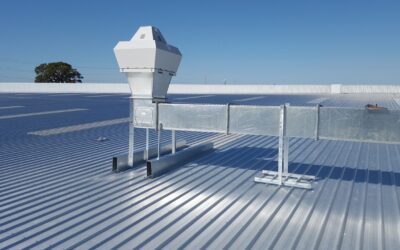Understanding HVAC (Heating, Ventilation and Air Conditioning) Systems What is HVAC? HVAC stands for Heating, Ventilation, and Air Conditioning. It refers to the systems and technology used to control the internal environment of a building or space. The goal of HVAC...
Guide to Understanding HVAC Systems
Continue Reading



